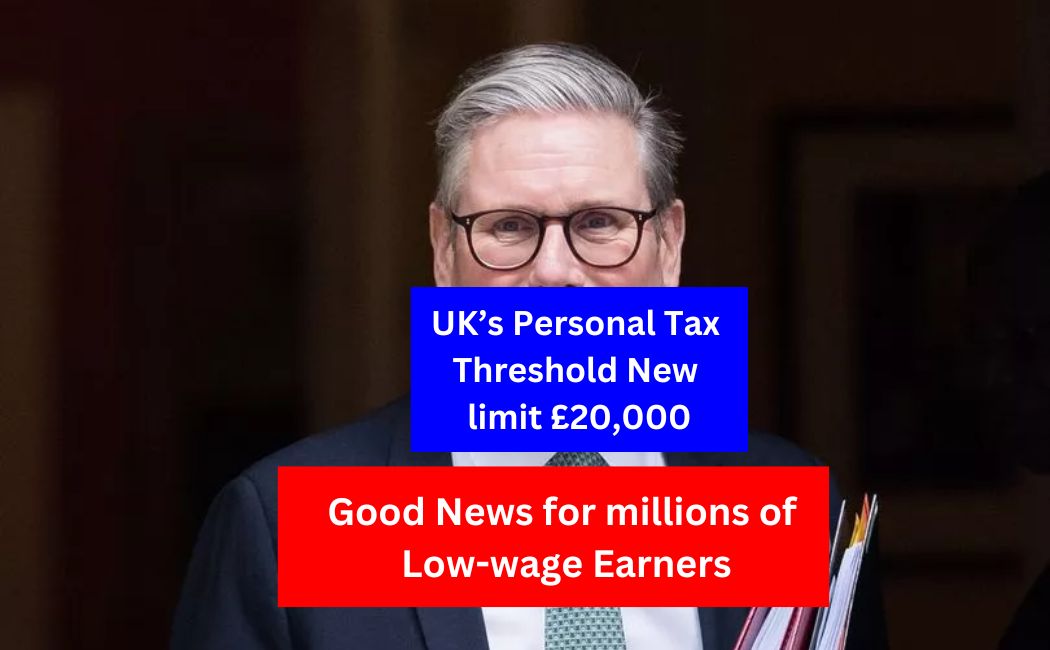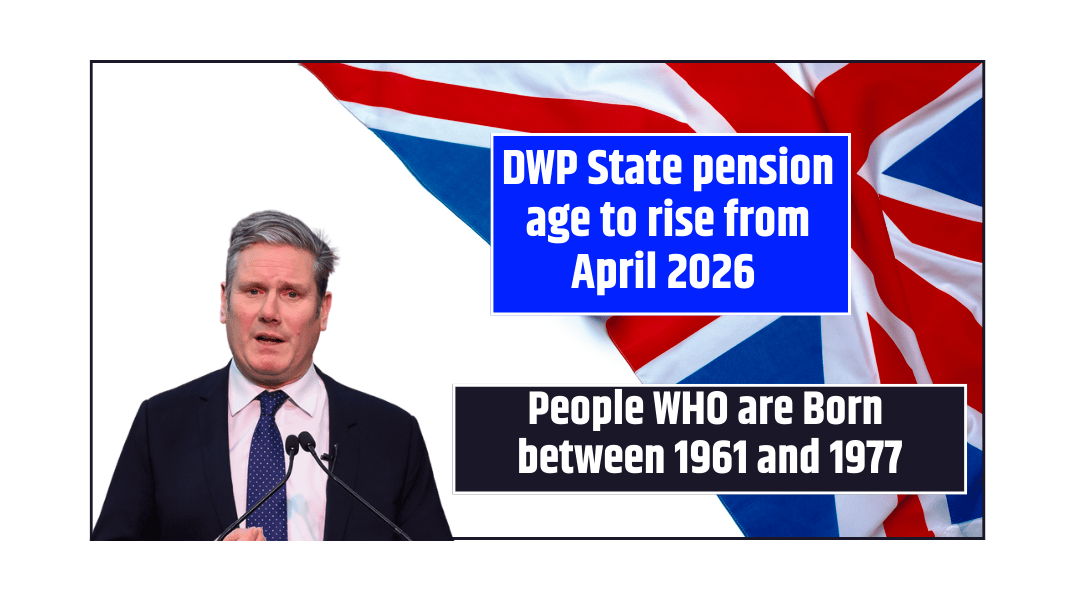From April 7, millions of pensioners across the UK will receive a boost in their state pension payments. The government has confirmed a 4.1% increase, in line with the triple lock system, which ensures that pensions rise by the highest of inflation, wage growth, or 2.5%. This year, the increase is due to wage growth, which was recorded at 4.1%.
How Much Will the State Pension Increase?
The amount of pension increase depends on whether you receive the new state pension or the basic state pension.
New State Pension (For Men Born on or After April 6, 1951, and Women Born on or After April 6, 1953)
- Current weekly rate: £221.20
- New weekly rate (from April 7): £230.25
- Current annual amount: £11,502.40
- New annual amount: £11,973
- Total annual increase: £470.60
Basic State Pension (For Men Born Before April 6, 1951, and Women Born Before April 6, 1953)
- Current weekly rate: £169.48
- New weekly rate (from April 7): £176.45
- Current annual amount: £8,812.96
- New annual amount: £9,175.61
- Total annual increase: £362.65
Who Is Eligible for the State Pension?
Your National Insurance (NI) record determines how much state pension you receive.
New State Pension Requirements
- To receive the full amount, you generally need 35 qualifying years of NI contributions.
- To receive any amount at all, you need at least 10 qualifying years.
Basic State Pension Requirements
For men born between 1945 and 1951:
- Full pension: 30 qualifying years (or 44 years if born before 1945).
- Minimum pension: 1 qualifying year (or 11 years if born before 1945).
For women born between 1950 and 1953:
- Full pension: 30 qualifying years (or 39 years if born before 1950).
- Minimum pension: 1 qualifying year (or 10 years if born before 1950).
Why Is the State Pension Increasing?
The triple lock guarantee ensures that the state pension rises by whichever is highest among:
- Inflation (September’s Consumer Prices Index)
- Wage growth (average increase between May and July)
- 2.5% minimum increase
This year, wage growth of 4.1% was the highest factor, leading to the pension rise.
How Many People Claim the State Pension?
According to government data, 13 million people in the UK were receiving state pensions in August 2024, an increase of 203,000 compared to the previous year.
Final Thoughts – What This Means for You
The increase in state pension payments will provide extra financial support for retirees, helping them cope with rising living costs. However, the amount you receive depends on your National Insurance record and whether you qualify for the new state pension or the basic state pension.
If you’re approaching retirement, it’s a good idea to check your National Insurance contributions and ensure you meet the eligibility requirements for the full state pension. You can do this by accessing your State Pension Forecast on the UK government website.
| Visit for More News and Updates | WSOA NEWS |















